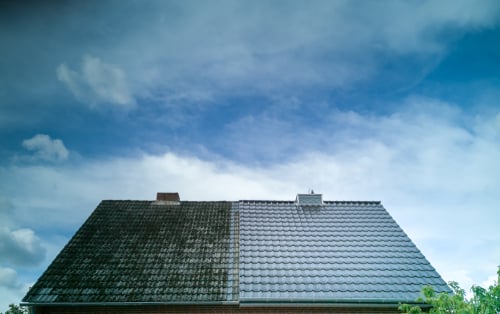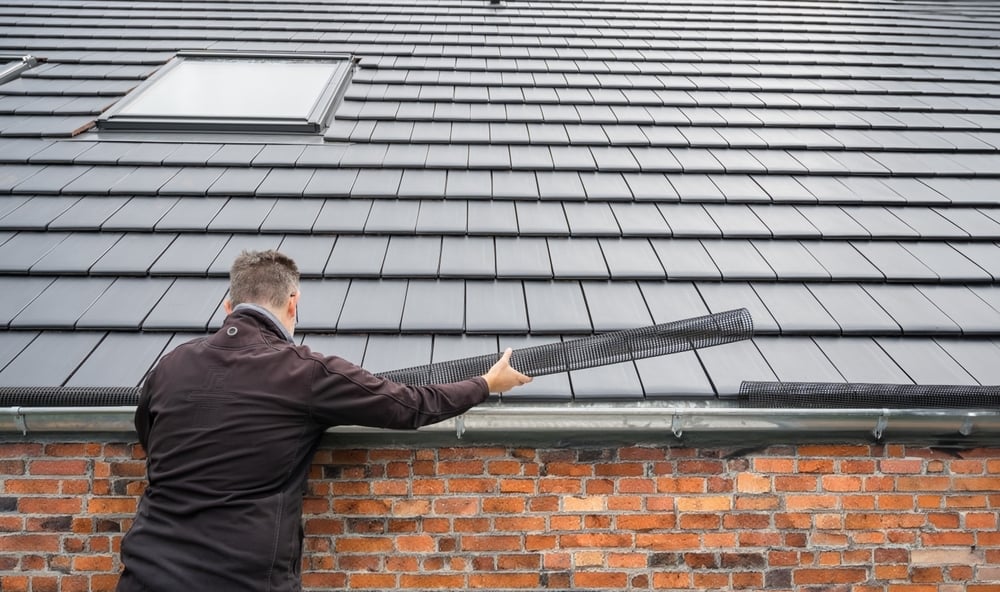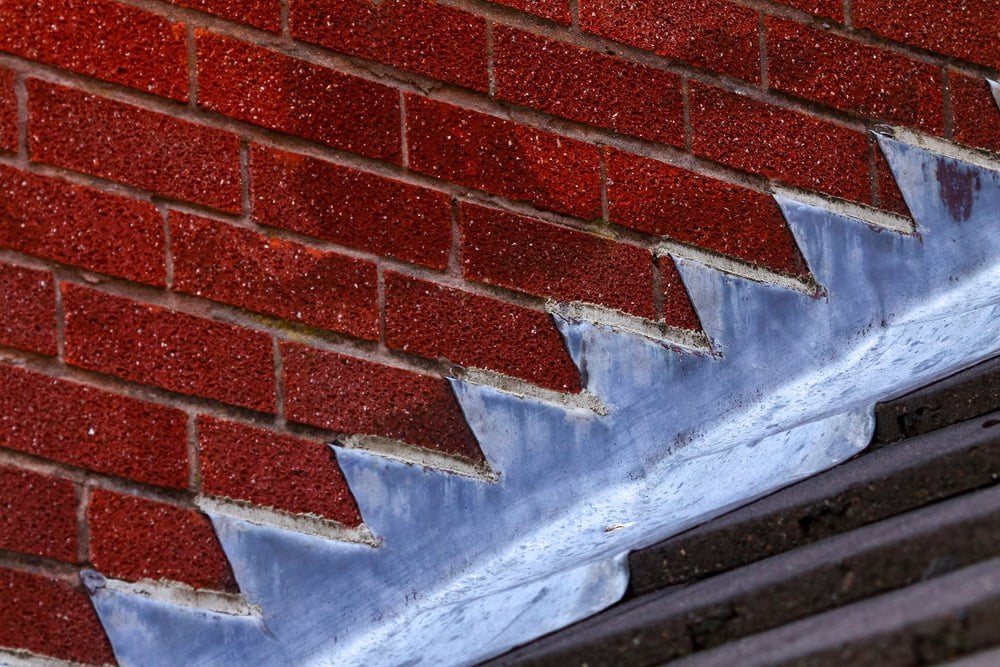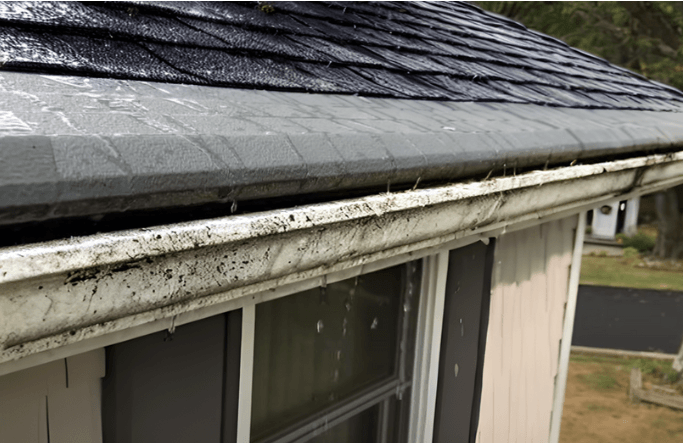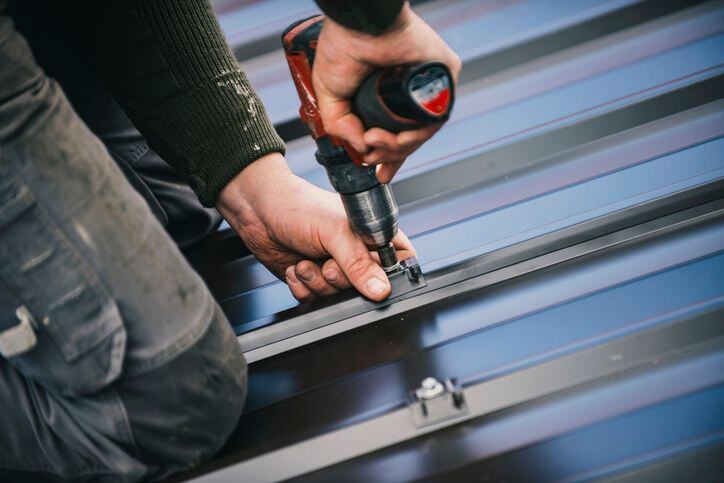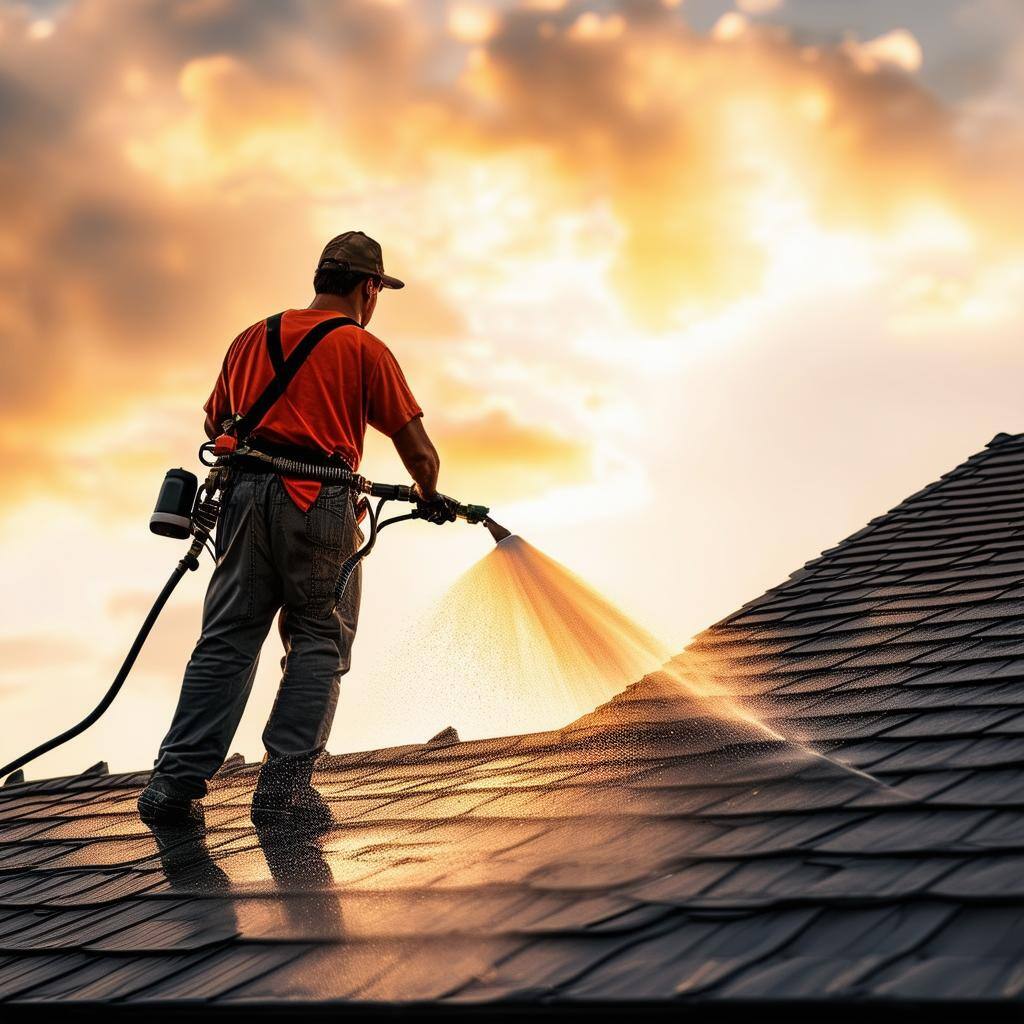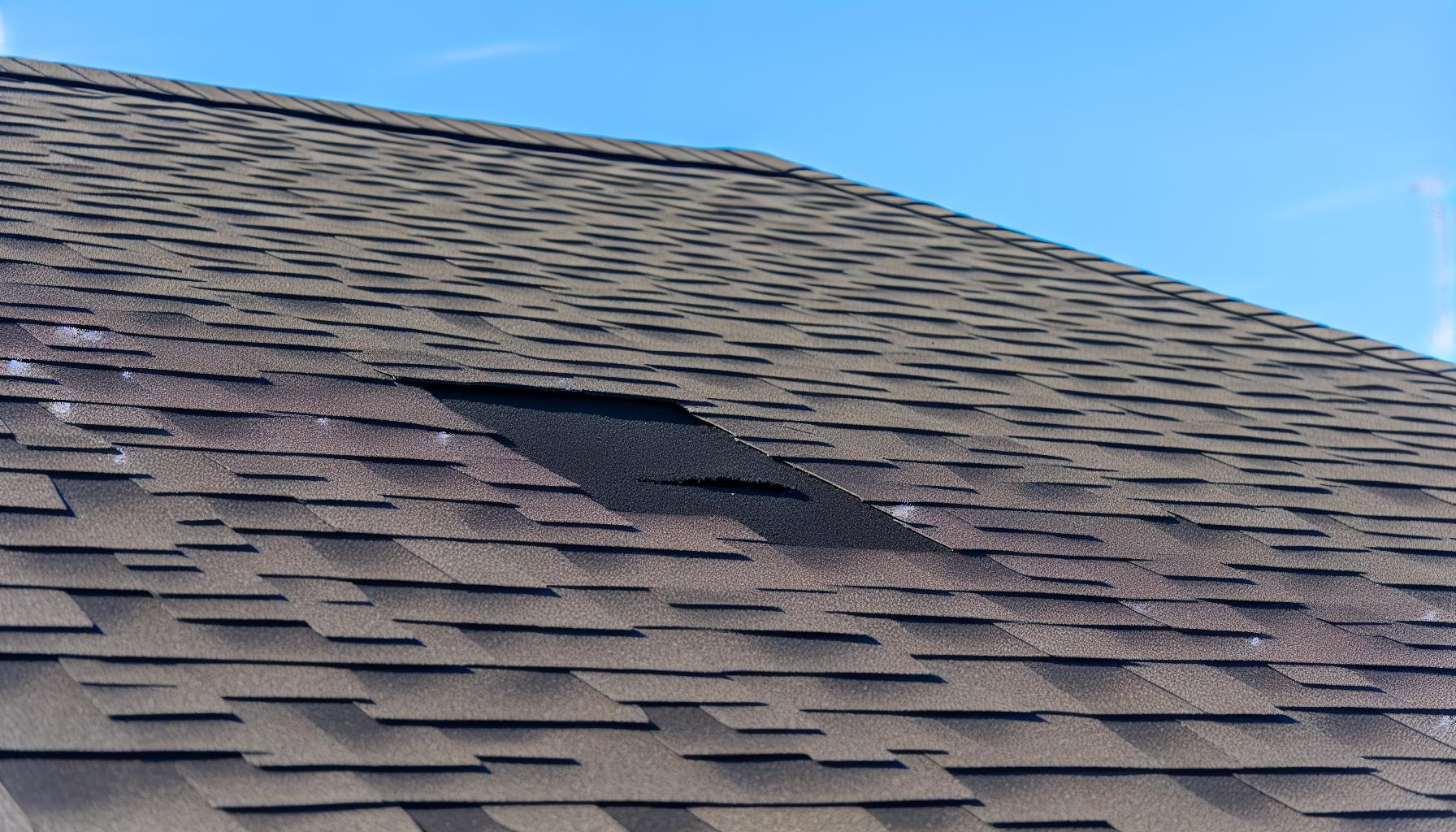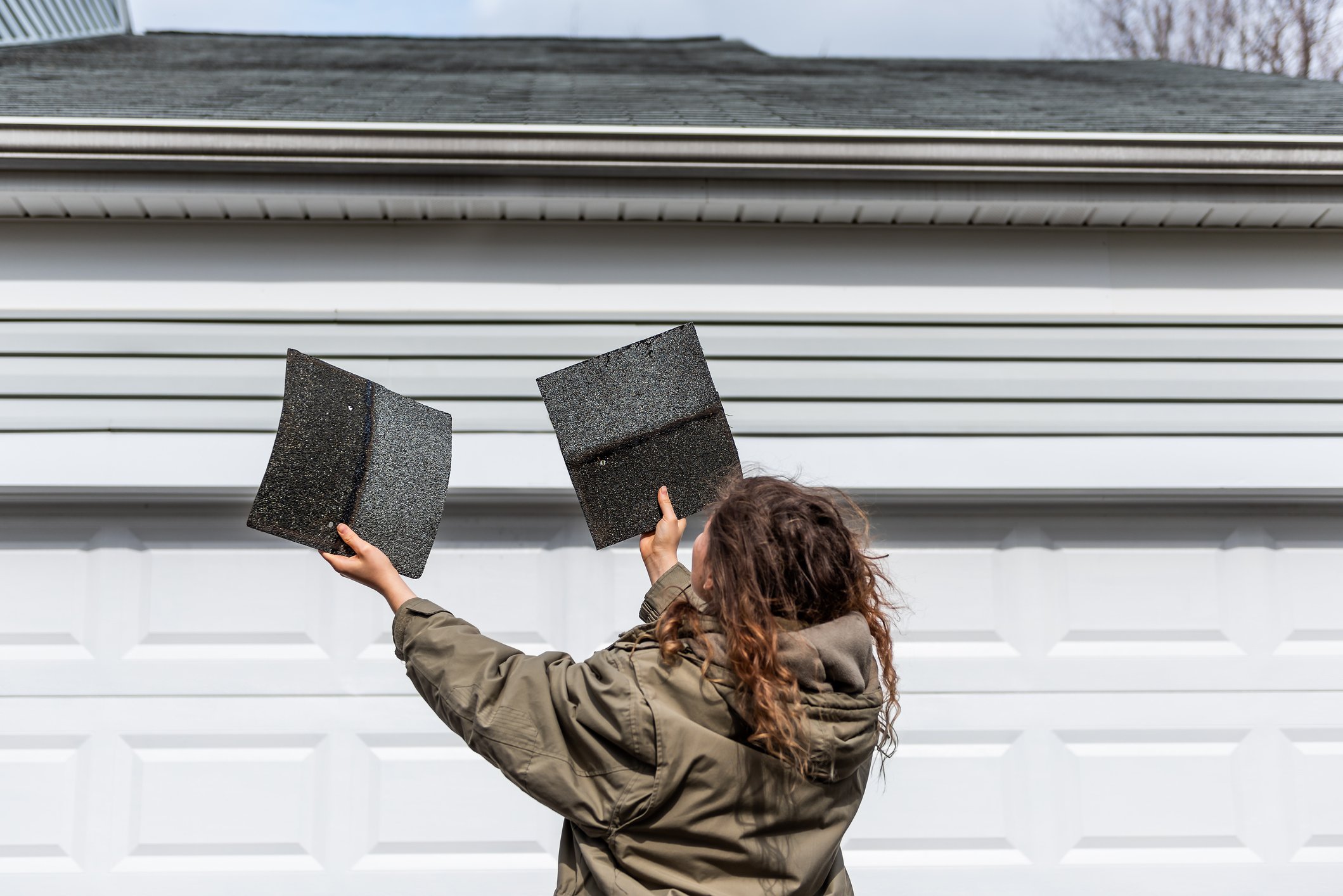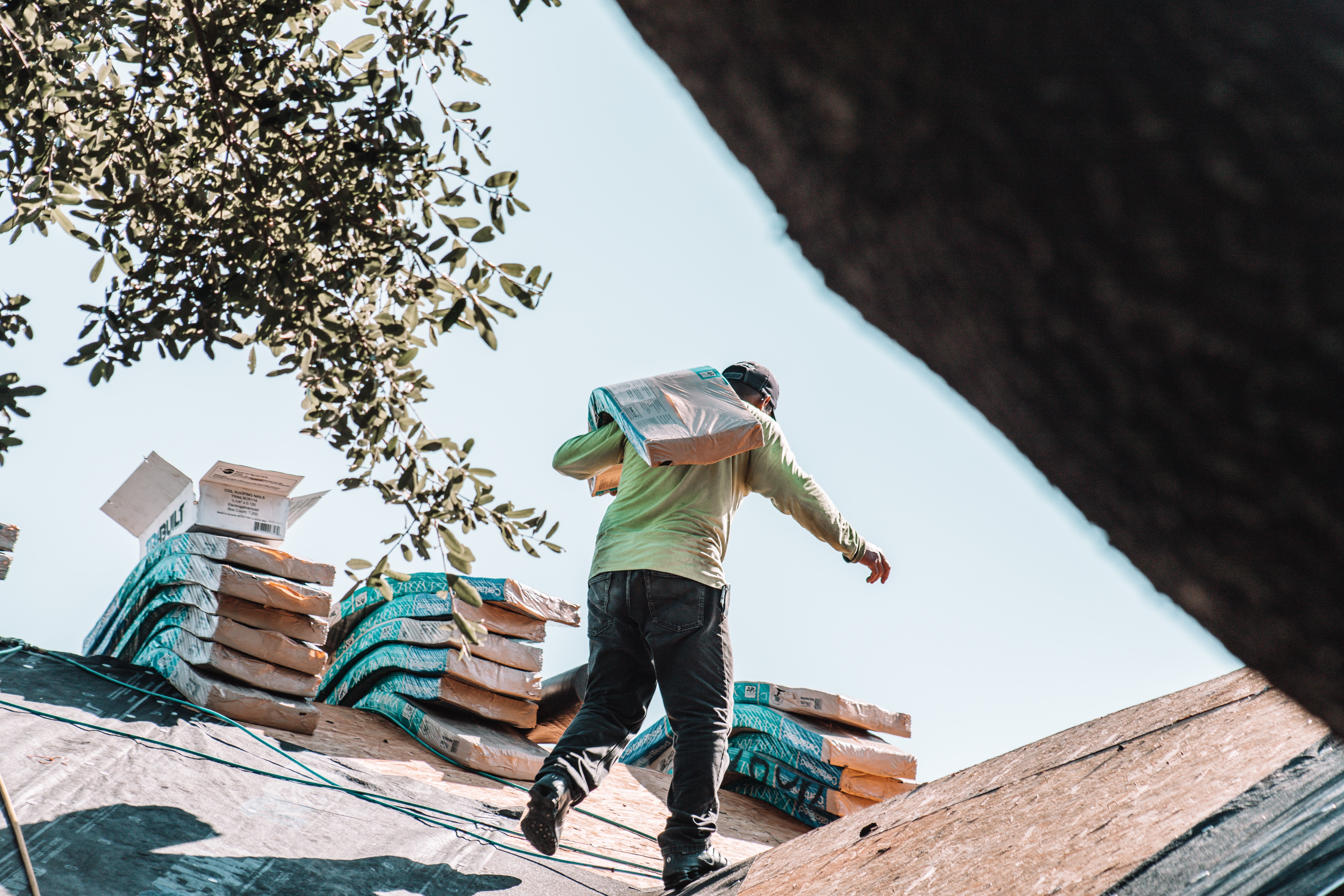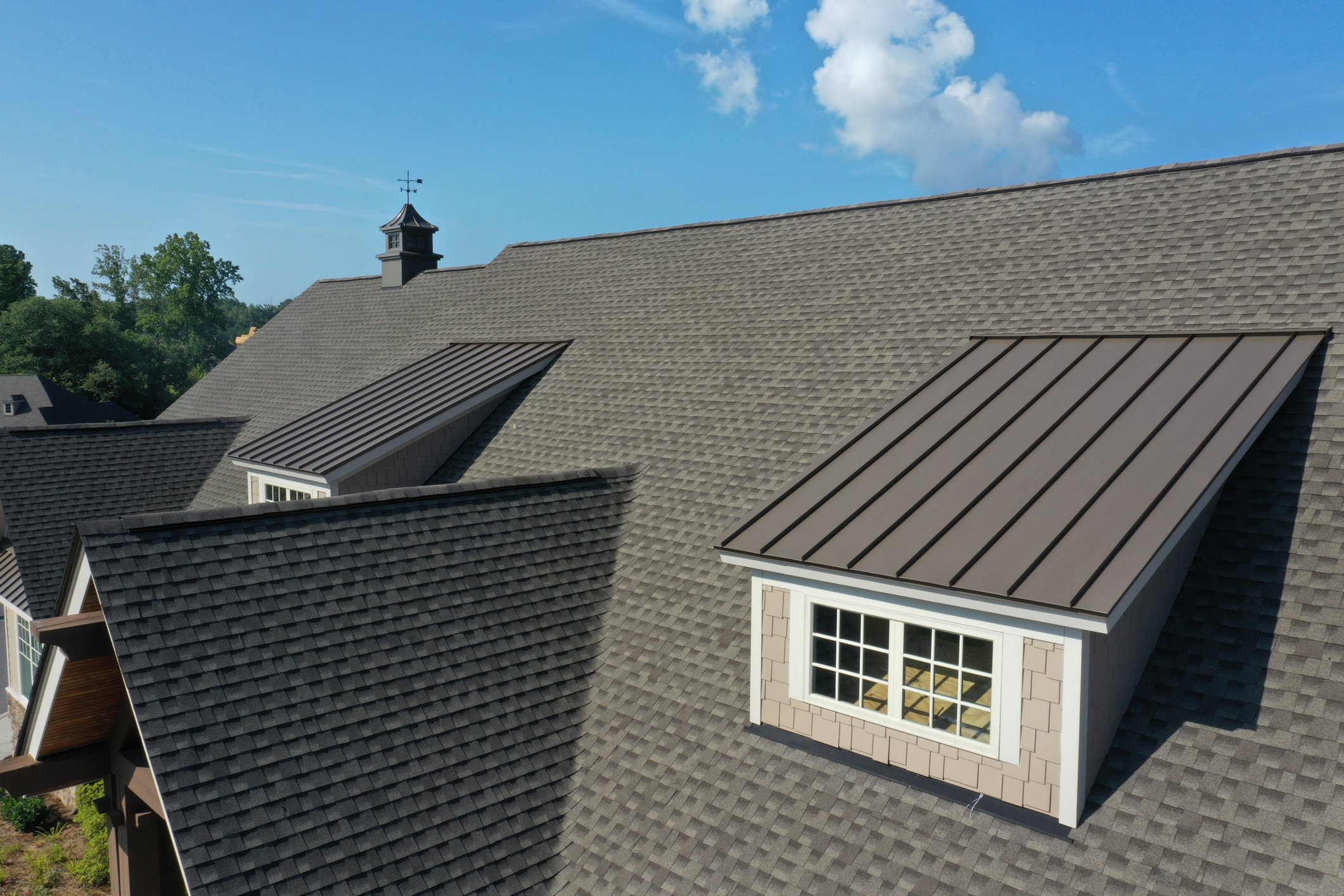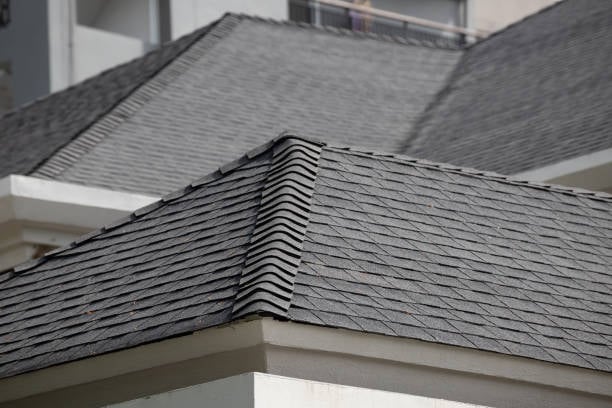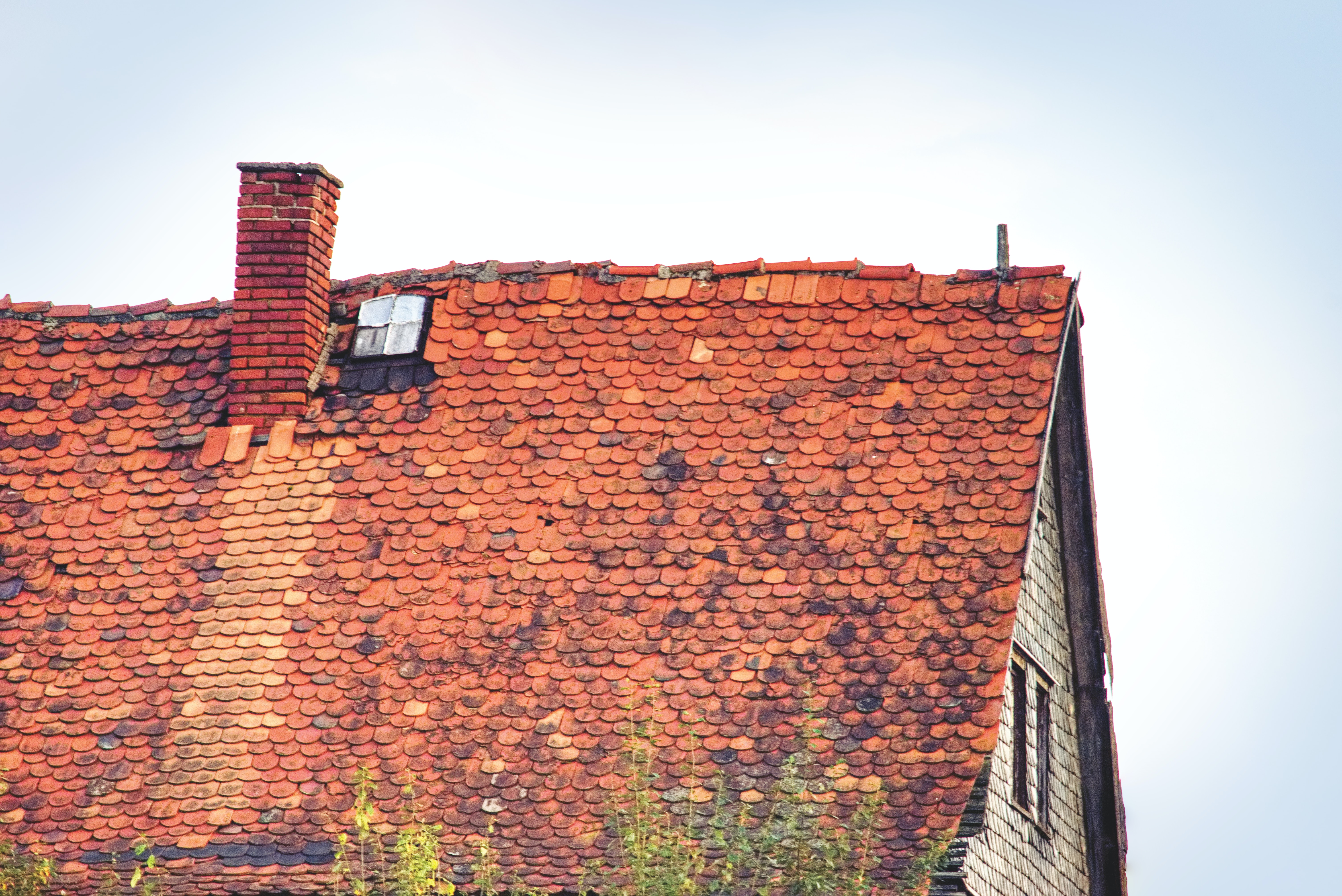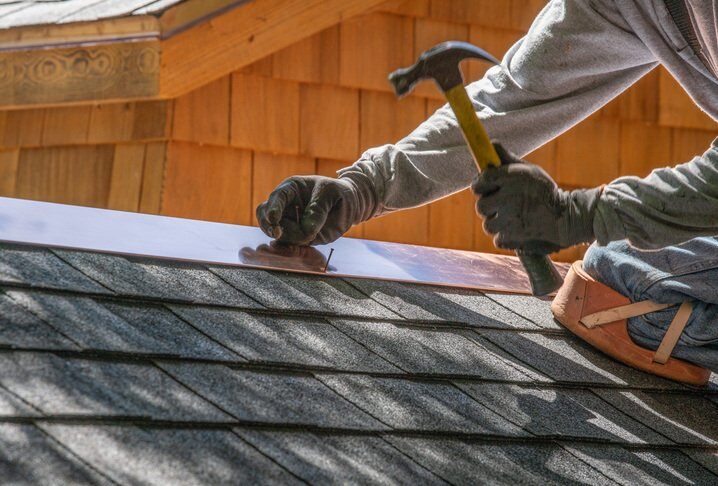
Thinking about tackling a minor roofing repair yourself? Does a small issue like exposed nails or loose shingles have you considering a DIY approach to save some money?
While we always recommend having a trustworthy roofing contractor inspect your roof before any work begins, we understand that some homeowners feel confident handling small repairs on their own. For those with construction experience, minor roof repairs may seem simple enough. Which is why we’re here to help you know what to avoid doing during your DIY roof repair.
Rather than charging able-bodied homeowners to caulk a few exposed nails, we encourage homeowners to be well informed to fix an issue if they are capable of doing so safely. We’d like to offer tips that keep you and your home safe if you’re embarking on a DIY roofing project.
7 Things to Avoid During a DIY Roof Repair
Not only can roof repairs be costly, it can also take weeks to get a minor roof issue resolved. It’s no surprise that many homeowners consider tackling repairs on their own. While some tasks may seem manageable, others can lead to bigger problems or even dangerous situations if not handled correctly. If you feel hesitant or unsure about completing a roof repair on your own, we urge you to contact an expert roofer rather than putting that kind of pressure on yourself.
On the other hand, if you feel confident about completing your minor roof repair, here are some things to avoid to be sure your repair goes smoothly.
1. Don’t Use Flex Seal for Roof Leaks
One of the most common mistakes homeowners make is applying Flex Seal around chimneys or other leaking areas. While it may seem like an easy fix, Flex Seal sprays on too thinly and is not designed to handle the harsh outdoor elements that a roof faces.
Over time, exposure to sunlight and weather will cause the sealant to crack and deteriorate, leaving you with the same, or even worse, leaks. Additionally, asphalt shingles are water-shedding, not waterproof. If water cannot shed out properly because of improper sealing, it can back up and cause further damage. Always stick to professional-grade roofing materials and avoid relying on temporary fixes like Flex Seal.
2. Don’t Use a Ladder Without Proper Training
Even roofing experts fall off roofs.
 So climbing onto your roof without understanding some of the nuances that go along with ladder safety can be dangerous and even life threatening. Before you ever step on a ladder, ensure that it is properly stabilized. You’ll also want to ensure you have a ladder stand off that will stabilize your ladder and prevent damage to your gutters.
So climbing onto your roof without understanding some of the nuances that go along with ladder safety can be dangerous and even life threatening. Before you ever step on a ladder, ensure that it is properly stabilized. You’ll also want to ensure you have a ladder stand off that will stabilize your ladder and prevent damage to your gutters.
Most importantly, always follow OSHA standards for ladder safety. At Linta Roofing, we are OSHA ladder safety trained, and it's a vital step in keeping our employees safe while performing any roof work. If you're not sure how to use a ladder properly, we are happy to safely get into your roof and help you with your minor roof repair. It is not worth the risk, as roofing is known for being one of the most dangerous industries in construction work.
3. Don’t Walk on the Roof Without Proper Footwear
Walking on a roof can be risky, especially if you're unfamiliar with the surface. Roofs become more dangerous with age as the granules on shingles loosen, making them slick. We’ve had times where it felt like skating on an ice rink.
 If you do need to walk on your roof, it's usually safest to walk through the valleys where the roof comes together. Additionally, professionals often use special roofing shoes like Cougar Paws, which can cost around $200. With a clear conscience, we cannot recommend getting on your roof without the proper footwear.
If you do need to walk on your roof, it's usually safest to walk through the valleys where the roof comes together. Additionally, professionals often use special roofing shoes like Cougar Paws, which can cost around $200. With a clear conscience, we cannot recommend getting on your roof without the proper footwear.
4. Don’t Get on the Roof if You Suspect Structural Damage
If you're unsure about the structural integrity of your roof, it is better to be safe than sorry. We urge you to avoid any work on your roof until you are sure your roof decking is in good condition.
It can be easy to miss signs of rotted roof decking. The best way to verify the condition of your roof is by inspecting your attic first. However, keep in mind that it’s easy to misjudge where a leak is coming from in relation to the roof surface. Walking on potentially compromised decking can lead to serious injury or death, so it's best to avoid getting on the roof until you’re confident it’s safe.
5. Don’t Install a Tarp Without Knowing the Proper Technique
When leaks occur, some homeowners attempt to install a tarp as a temporary fix. However, improperly installed tarps can make leaks worse. One of the most important things when tarping is to ensure that the tarp is installed under the shingles at the ridge or peak of the roof.

This ensures that water rolls off the shingles and onto the tarp. Nailing a tarp flat on top of the shingles allows water to run under it, exacerbating the problem. Furthermore, using too many nails to secure the tarp can create even more holes, leading to additional repairs. Repairs you’ll definitely need an experienced roofer to complete for you. Ultimately leading to a lot of money out-of-pocket.
6. Don’t Forget to Seal Toe Board Holes
A toe board is a two-by-four wooden plank roofers will nail to the roof in order to keep their footing. And whenever you nail anything to your roof decking, you create holes in your roof. It’s vitally important to seal up these areas once the job is complete and you remove the toe board.
 Failing to do so can result in leaks down the line. Always ensure that any area where nails have penetrated the roof is properly sealed to prevent water from entering, furthering damage to your roof and home.
Failing to do so can result in leaks down the line. Always ensure that any area where nails have penetrated the roof is properly sealed to prevent water from entering, furthering damage to your roof and home.
7. Don’t Start a Repair Without the Right Materials
Roof repairs require specific materials and tools, and if you don't have everything on hand before starting, you could leave your home exposed to the elements.
In coastal regions like ours, sudden flash rainstorms can wreak havoc if your roof is left incomplete. Make sure you have all the necessary supplies before you begin a repair to avoid making the situation worse.
How to Know if You Should DIY or Call a Roofing Expert for Your Roof Repair
Roof repair costs can add up quickly, which is why you may be interested in DIY-ing your roof repair. And in certain instances, when you have a very minor roofing issue, it may be quicker to complete the repair on your own. But before you get on your roof, it’s important to know when you should call a roofer instead.
There are several instances where it’s best to leave the repair to a professional roofer:
- Steep Roofs: If your roof is extremely steep, don’t risk your life trying to repair it. Roofing experts are trained and equipped to handle these conditions safely.
- Large Sections: If you’re replacing a large section of roofing, professionals can more easily adapt to unforeseen issues like rotten wood and complete the job quickly.
- Complex Flashing Areas: Areas around chimneys, vents, and other openings are more complicated to repair. If you haven’t done it before, don’t try it.
- Roof Decking Repairs: If you suspect that your roof decking is damaged or rotten, let a professional handle it. Roof decking repair often requires carpentry skills that most homeowners don’t have.
- Mold or Rot: Extensive rot or mold requires more than a simple patch. A roofer can assess the full scope of the damage and make sure all underlying issues are addressed.
Now that you know what to avoid doing yourself during a roof repair and when you should contact a roofing expert, you’re best equipped to correct your roofing problem. Our final piece of advice is this: When in doubt, always consult a professional to ensure your roof is repaired correctly and safely.
We are always here to answer your questions and provide you with our honest opinion, whether you choose to DIY or have us complete your minor roof repair. Please don’t hesitate to contact us if you feel uncertain about fixing your minor roof repair so we can provide you with a high quality solution.
Jeffrey Linta is a 3rd generation roofer who grew up working in his family's roofing business (Linta Roofing, Inc.). He got his start tearing off roofs during the summer while attending North Myrtle Beach High School. Now running one of the most successful roofing businesses in the Grand Strand area, Jeffrey has lived and breathed roofing for his entire working career. Some of his accolades include GAF Master Elite Contractor, SC Safehome certified contractor, Group 5 SC Licensed Commercial Contractor, and GAF Master Commercial roofing contractor. Under his leadership, Linta Roofing, Inc. has served thousands of homeowners and business owners in the Grand Strand area. Linta Roofing achieved awards like the Sun News’s “Best of the Beach” and A+ Rating with the Better Business Bureau all while receiving hundreds of 5-star reviews year after year. Jeffrey is a Grand Strand born and raised local. When he is not running Linta Roofing, he spends time fishing with his wife Erica and walking the beach with his dog Dixie.
Topics:






